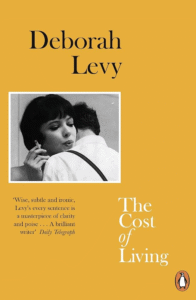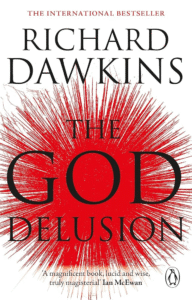“To Kill a Mockingbird”: A Call to Empathy and Understanding

“To Kill a Mockingbird” by Harper Lee is not just a novel; it’s a powerful narrative that challenges readers to question their preconceived notions about race, class, and morality.
The Power of Perspective
The story, narrated by young Scout Finch, provides a fresh, innocent perspective on deeply ingrained societal prejudices. It encourages readers to step into another’s shoes, fostering empathy and understanding.
The Injustice of Prejudice
The trial of Tom Robinson, a black man falsely accused of rape, exposes the deep-seated racial prejudice in Maycomb society. It challenges readers to confront their own biases and the injustices that stem from them.
Atticus Finch: An Embodiment of Justice
Atticus Finch, Scout’s father and Tom’s defense attorney, stands as a moral hero, teaching his children and readers the importance of justice and integrity. His character inspires readers to stand up for what is right, even when it’s not easy.
Boo Radley: A Lesson in Judgement
The character of Boo Radley serves as a reminder not to judge a book by its cover. Initially feared and misunderstood, Boo’s true nature is revealed to be kind and protective, teaching readers the dangers of unfounded judgement.
“To Kill a Mockingbird” is more than a novel; it’s a call to action. It urges readers to practice empathy, confront their prejudices, and stand up against injustice. As you journey through its pages, may you not only enjoy the story but also embrace its lessons and carry them into your daily life. Remember, in the wise words of Atticus Finch, “You never really understand a person until you consider things from his point of view… until you climb into his skin and walk around in it.” Let this be the guiding principle as you navigate through the complexities of life.
To Kill a Mockingbird – Book Summary
This book is based in a fictional town of Maycomb, Alabama, during the Great Depression. The story is narrated by Scout Finch, a young girl living with her older brother Jem and their widowed father Atticus, a respected lawyer.
The narrative primarily revolves around the trial of Tom Robinson, a black man falsely accused of raping a white woman, Mayella Ewell. Despite compelling evidence of Tom’s innocence, the racially biased jury convicts him, a stark commentary on the racial injustice prevalent in society.
Parallel to this, Scout and Jem befriend a boy named Dill and become intrigued by their reclusive neighbor, Boo Radley. Initially feared and misunderstood, Boo ultimately proves to be kind-hearted, saving Scout and Jem from an attack by Mayella’s vengeful father, Bob Ewell.
Throughout the novel, Atticus imparts important moral lessons to Scout and Jem. He teaches them about empathy, urging them to understand others by stepping into their shoes. He also instills in them a strong sense of justice and equality.
“To Kill a Mockingbird” is a profound exploration of human nature, morality, and the loss of innocence. It highlights the importance of moral education and the destructive effects of racial prejudice. The novel remains a timeless classic, revered for its universal themes and enduring moral lessons.























